The Note line continues justifying its place with a capable stylus, but little else.
A Galaxy Note launch is a different occasion than that of a Galaxy S. The Note has always been one "for the fans," not necessarily for the masses. Yet, the last couple generations have left the fans wanting more, wondering where the differentiation between the Note and Galaxy S lines went. The Galaxy Note 20 and Note 20 Ultra don't seem to be set up to change that trajectory, frankly. But of course, the details matter, and there's more to a phone than what you can see on a spec sheet.
Normally, we'd be able to bring you our early hands-on impressions of the new products right away, after spending at least some amount of time using them. But as you know, things are weird right now — Samsung had to do a fully virtual event, and we don't yet have a Galaxy Note 20 or Note 20 Ultra.
But while I haven't been using the phones, I do know a lot about them. And I was lucky enough to attend a special event where I was provided an opportunity to see and hold the devices for a very short period. Here are my thoughts based on what I've learned, and the small amount of time I've been around them.
Jump to:
Galaxy Note 20 and Note 20 Ultra The basics
There's extensive Galaxy S20 DNA in both Note 20s.
As has always been the case, the Note 20 and Note 20 Ultra are largely based on the Galaxy S20 series from earlier in the year. The Note 20 is effectively the same size as the S20+, with a 6.7-inch display, and the Note 20 Ultra is similar to the S20 Ultra, with a 6.9-inch display. The Note 20 and Note 20 Ultra also have the same camera arrays as their corresponding S20 counterpart — with two exceptions, which I'll get to below.
Software-wise, things are very similar to the S20 series. This is One UI 2.5, an upgrade over the S20's, which has a handful of subtle tweaks and changes, but nothing substantial. The biggest differences are Note-specific features to do with the S Pen and Samsung Notes. One UI 2.5 is also supposed to include support for using gesture navigation with third-party launchers ... though I wasn't able to test that for myself.
Galaxy Note 20 and Note 20 Ultra specs: Distant siblings
The rest of the specs and features are basically comparable to the S20 series. There's a small bump in chipset to the Snapdragon 865+, but the Note 20 is paired with just 8GB of RAM versus the 12GB in the S20 series and Note 20 Ultra. The ultrasonic in-display fingerprint sensor remains unchanged, which is unsurprising but disappointment in general because it's well behind much of the competition. Samsung is claiming no improvement in display brightness, colors or any other capabilities compared to the S20 — though that's in no way a problem, and still makes the displays an upgrade over the Note 10 series.
Sadly, charging also hasn't been improved. Both phones top out at 25W over USB-C PD (or less with Quick Charge 2), 15W wireless, and 4.5W in reverse-charging configuration. Yes, the Note 20 series already walked back from the 45W fast charging Samsung started to push with the Note 10+ — though that didn't really make much of a difference anyway.
Colors are differentiated between the two models. You can get the Note 20 in dark grey, bronze or green; and the Note 20 Ultra in black, bronze or white. The black and grey are similar, but not the same, while the bronze really is identical between the two.
Galaxy Note 20 and Note 20 Ultra Important differences
Unlike last year's Note 10 and 10+, which were truly "the same phone in two sizes," there are notable differences in the hardware and capabilities of the Note 20 and Note 20 Ultra. To start, the Note 20 certainly isn't a "small" phone — it's tough tell the two apart, size-wise. The Note 20 is just 3 mm shorter and 1 mm narrower than the Ultra, thanks to its smaller 6.7-inch display, and is roughly 7% lighter. Nothing you'd be able to notice by holding just one or the other.
The phones look the same at a glance, but there are many important differences to explore.
The phones actually have different physical designs and builds, though, that you start to notice as you see both together. The Note 20 is a tiny bit more rounded in the corners, compared to the traditional squared-off Note styling in the 20 Ultra. But conversely, the Note 20 has a flat display whereas the Ultra retains Samsung's classic curved screen edges — though the glass is still rounded, so there isn't a huge functional difference between the two.
A bigger functional change is display refresh rate, where the Note 20 is stuck back on 60Hz, like the Note 10 series, and the 20 Ultra is at 120Hz — with the latter also having a new automatic variable refresh rate that should save on battery. The high refresh rate also leads to better S Pen latency, at 9 ms compared to 26 ms on the standard Note 20. This is perhaps the biggest letdown with the Note 20 — not having a high refresh rate display on a $1000 phone is really difficult to get past.
The Note 20 comes up short in specs and features, and has a plastic back.
The back of the Note 20 is, sadly, plastic. It's coated convincingly to look like the matte glass finish on the Ultra, but it isn't — and you know as soon as you touch them both. The frame is still metal, giving you the nice cold-to-the-touch feel and enhanced durability, but having a plastic back on a $1000 phone is disappointing. On the other hand, the Note 20 Ultra feels superb just like all of Samsung's other high-end phones.
Internally, there are two other notable changes. The Note 20 has just 8GB of RAM and 128GB of storage, versus 12GB and 128GB on the Ultra — with the latter adding both an SD card slot and an optional 512GB storage model. I find it incredibly odd that the Note 20 would have less RAM than the entire S20 line, even though it does have the latest Snapdragon 865+ chipset. And keeping the SD card slot and higher storage option off of the Note 20 just further points to Samsung's clear intentions with the less-expensive model: capture Note buyers on a budget.
Galaxy Note 20 and Note 20 Ultra Early impressions
The Note 20 is a lovely looking phone, across all three color options, and I've long preferred the more squared-off look of the Notes to Galaxy S models. It's accentuated by the new matte textured back that won't get all smudged like the S20 series, though the camera system is still just as massive and imposing as ever. Thankfully the base Note 20 has a far smaller camera array, because it lacks the 108MP main sensor and periscope zoom lens.
Perhaps due in part to the big camera sets, Samsung has made a massive functional change to the S Pen: for the first time, it's now on the left side of the phone. When I picked up the Note 20 Ultra, my muscle memory immediately sent my right thumb to the bottom-right corner to pop out the S Pen, and it baffled me that it wasn't there. With the S Pen on the left, it's mostly covered up by the palm of your hand, and you have to shift your hand out of the way to get it.
Now this is obviously a boon for lefties (about 10% of people worldwide), but my goodness this is going to throw off every Note fan that's spent years using the S Pen in the exact same place. I'm not sure how long I'll have to use it to get over that.
When the S Pen is out of its silo, it can do more now. Building on the "Air Actions" from before, you can now use the S Pen to navigate parts of the interface with quick gestures. Press and hold the S Pen button, and you can gesture to go home or back, open the multitasking view, start a screen select, or capture a screenshot. Samsung pitches these gestures as helping you navigate your phone from several feet away, but I think they could prove to be useful for lightly navigating the interface when the S Pen is out — saving you from reaching the pen down to tap on the screen as often, especially if you use Android 10's gesture navigation system.
The Note 20's cameras, front and back, are unchanged from the S20 and S20+ — and that's a good thing. But there are changes on the Note 20 Ultra's cameras compared to the S20 Ultra — and that's even more important.
Samsung addressed two big needs in the Note 20 Ultra's cameras.
First, Samsung added a laser auto focus system. This will likely address the auto focus issues faced on the S20 Ultra's camera, which often struggled to find focus on close-up objects or in the dark, particularly with the 108MP main sensor. This isn't to say that laser is a cure-all problem, but this sensor clearly needs help. I'm happy to see it.
Next, Samsung switched up the "telephoto" system entirely. Gone is the 48MP sensor with 0.8-micron pixels, replaced by a 12MP 1-micron pixel sensor. The lens now gets you to a true 5X optical zoom (20-degree FoV), rather than 4X, and at f/3.0 will let more light in than the old f/3.5 aperture. Having one-quarter of the resolution to work with will likely reduce the quality of 20X+ photos noticeably, which is probably why Samsung cuts off zoom at 50X now. But for those 5-10X zoom shots, quality should improve with a longer starting zoom, wider aperture and larger pixels. That's a win overall.
(And just for completeness, this is your reminder that the "telephoto" camera on the Note 20, S20 and S20+ is not true optical zoom. The field of view on that "telephoto" camera is only 3 degrees narrower than the standard camera. Its zoom is almost entirely digital, whereas the Note 20 Ultra and S20 Ultra have true optical zoom.)
I obviously wasn't able to use the cameras and review their effectiveness outside of a perfectly-lit studio space, so the actual analysis of how Samsung's changes improved the experience will have to wait. But these are good, if relatively subtle, changes.
Right now, I'm left a bit puzzled by the Note 20. At $1000, it's in a very weird space. That's a whole lot of money to spend on a phone that is stuck on a 60Hz display, with 8GB of RAM as the industry — including Samsung itself! — moves well beyond that, no SD card slot, and an odd plastic back that cheapens the experience. And at the same time, other than the S Pen, it doesn't offer anything beyond Samsung's own S20 and S20+. I can see why Samsung wants to have it there as the "budget" option to the Note 20 Ultra, but I don't see who will desire buying this phone.
The Note 20 Ultra, on the other hand, has a clearer path to sales. It's debuting at $1300, which is $100 less than the S20 Ultra, yet it's an evolution of that phone. The Note 20 Ultra is roughly the same size (actually a tad shorter), is actually lighter, and has the same basic specs and capabilities — but now has laser auto focus for the camera, a refined telephoto camera, and of course an S Pen. The one downside is the battery, which is 10% smaller than the S20 Ultra — but the new variable refresh rate display may make up the difference when running the phone at 120Hz. Unless the S20 Ultra receives a ~$150 price cut, the Note 20 Ultra should completely eat its sales.
Much more to come soon
Though I wasn't provided extensive time using the phones ahead of the announcement, Samsung is distributing devices to reviewers in short order so we can get right into our usual process of evaluating them. You'll see many more thoughts on the Galaxy Note 20, and Note 20 Ultra in particular, throughout the coming weeks.
Concurrently to that, pre-orders are going to open up for both phones. Samsung will take orders starting at midnight tonight, August 5, with actual retail availability landing on August 21. That gives you a little time to settle in on a decision of whether or not one of these phones could be your next upgrade.
The new flagship
Samsung Galaxy Note 20 Ultra
A couple camera tweaks and an S Pen make this a compelling buy.
The Note 20 Ultra doesn't stand out considerably from the S20 Ultra, but it makes simple adjustments with camera tweaks, a variable refresh rate display, and adds an S Pen. All for $100 less.
Questionable corner cuts
Samsung Galaxy Note 20
A cheaper Note, but not necessarily one you should consider.
The Note 20 brings the latest Samsung features and an S Pen to a lower price, but the trade-offs in key specs and a plastic back make it seem like a comparatively worse value than the Note 20 Ultra.




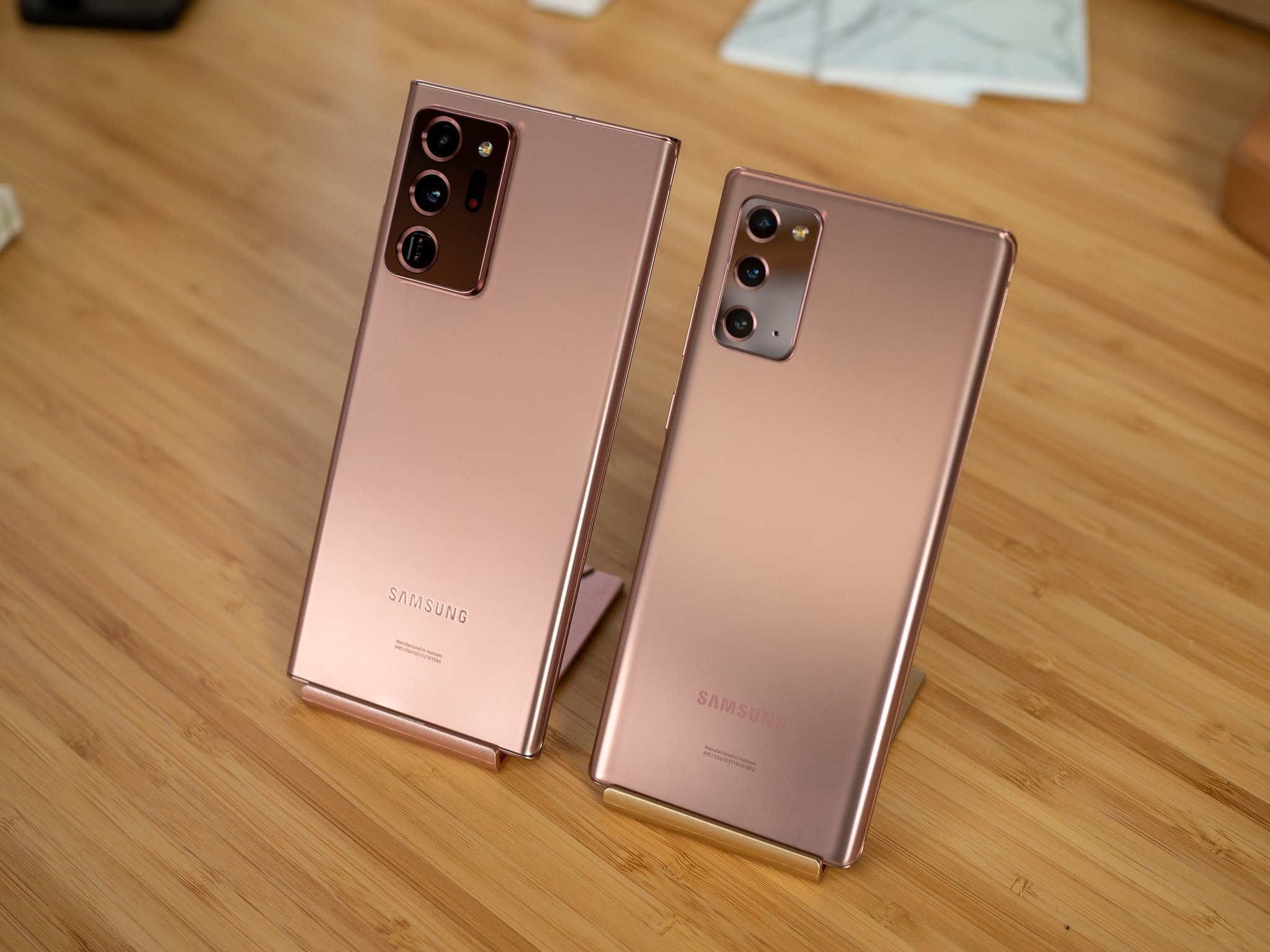

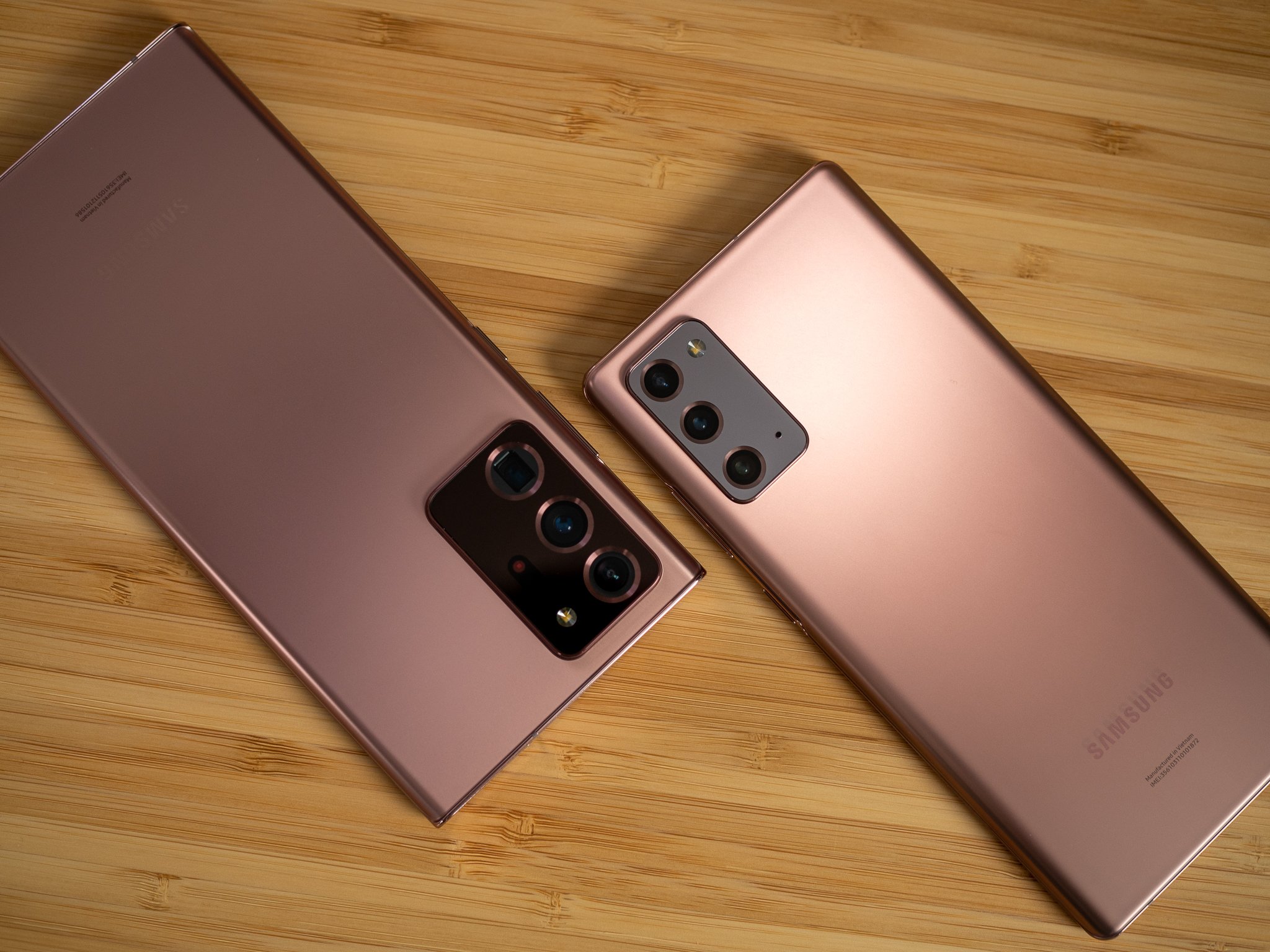
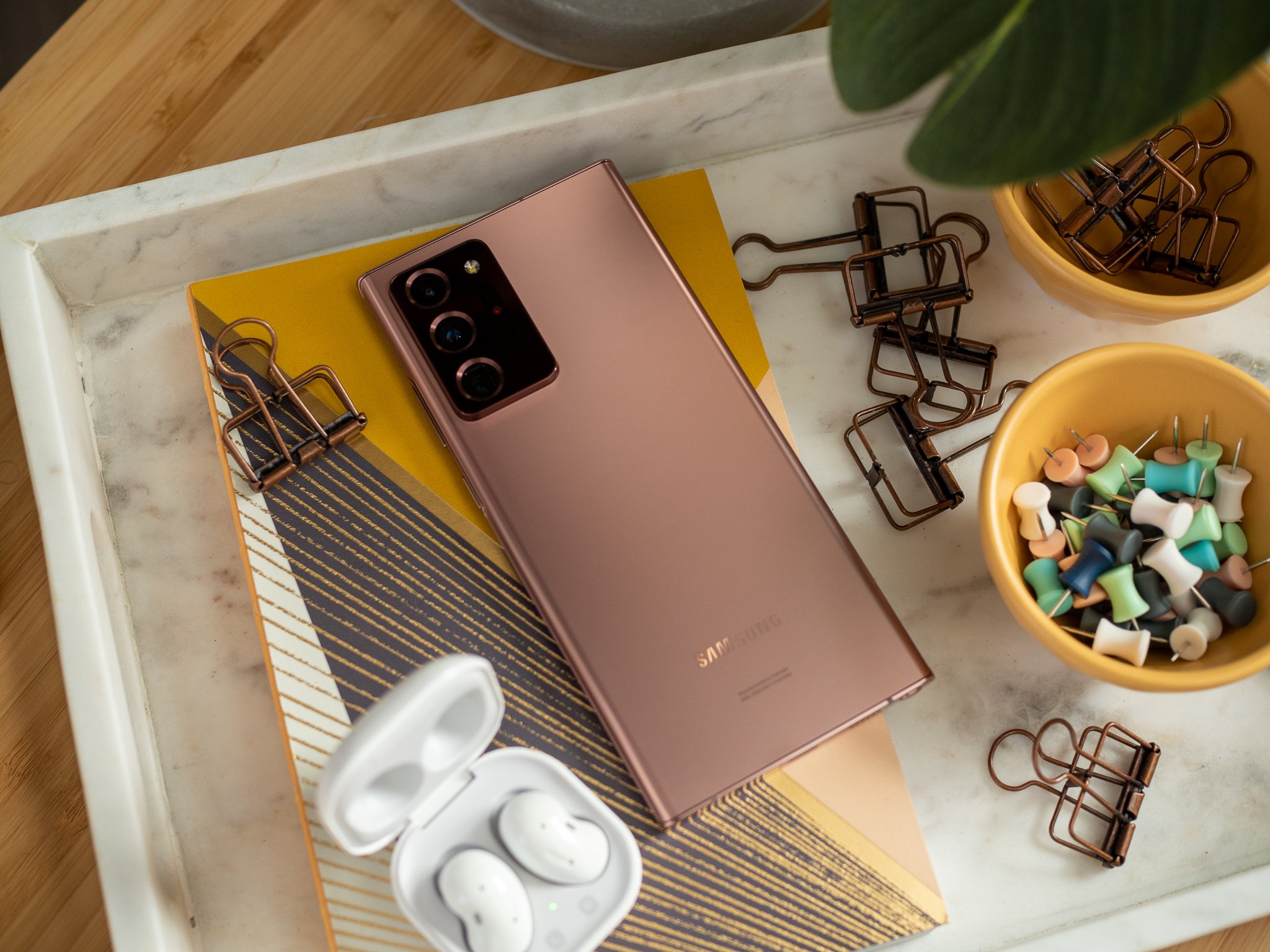
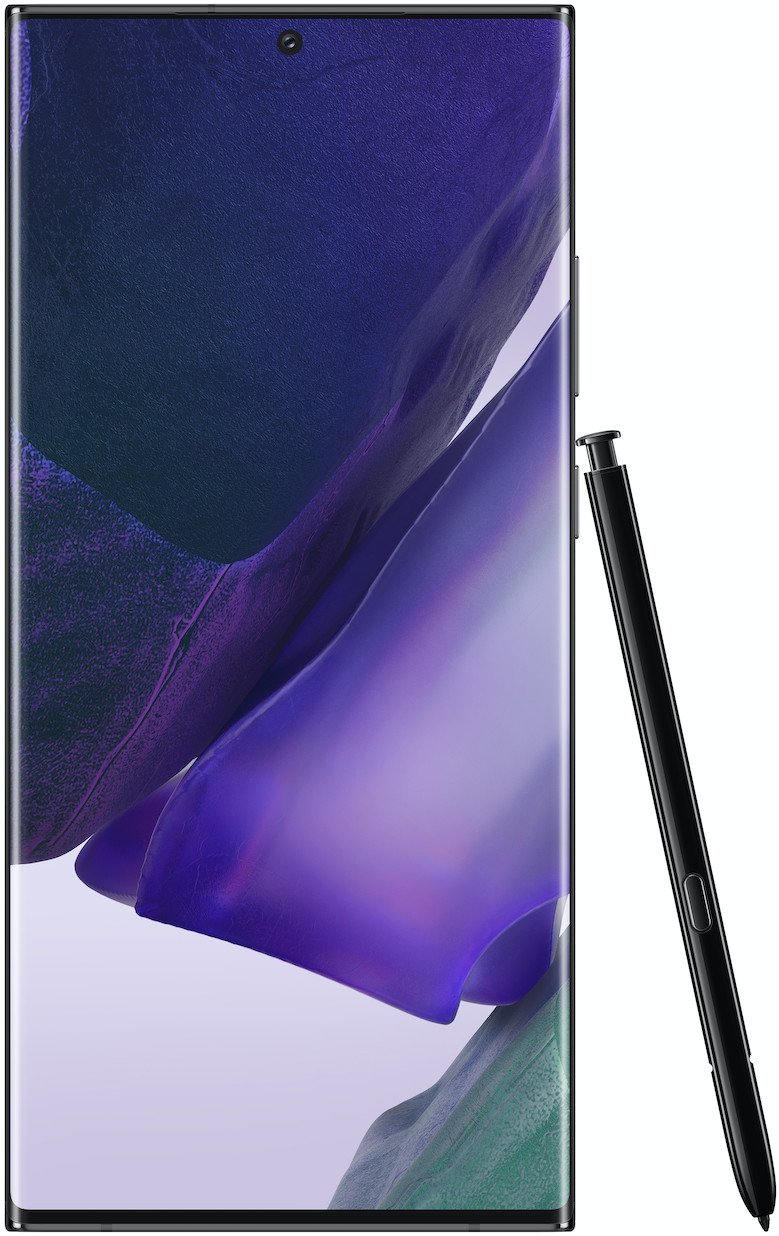
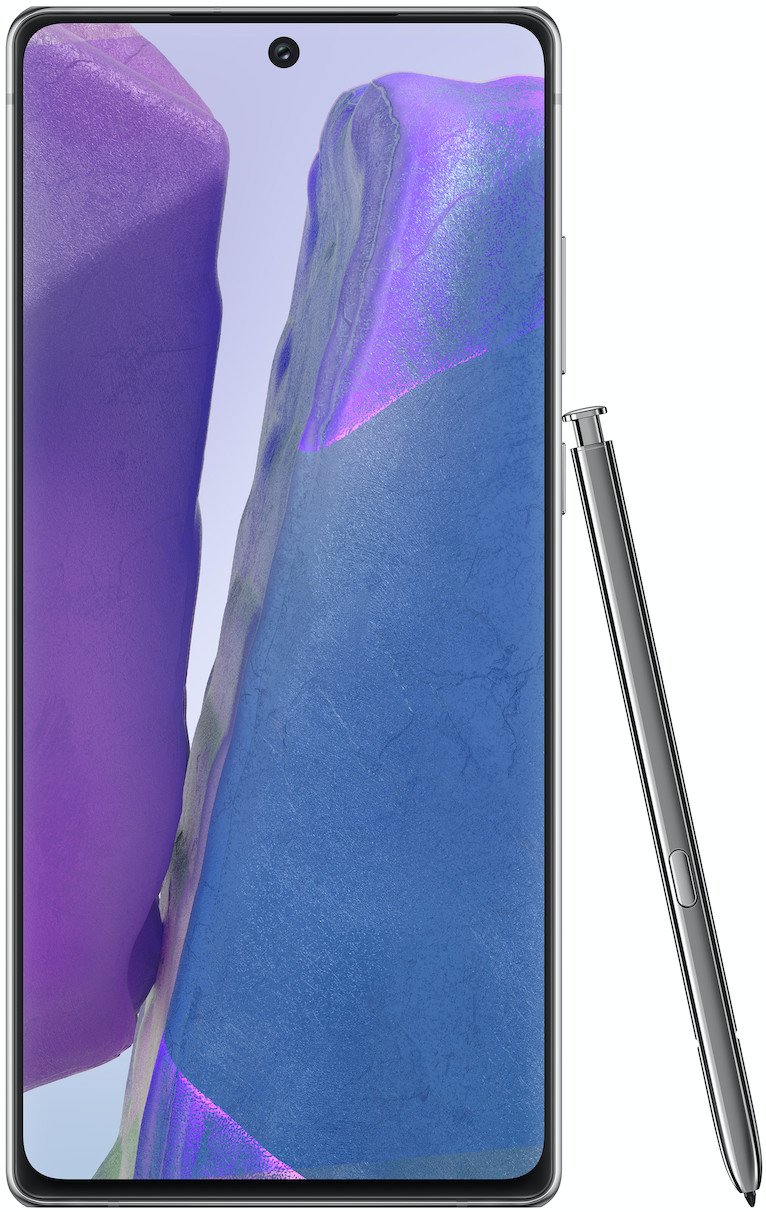
0 Response to "You Can See More: Galaxy Note 20 and Note 20 Ultra first look: Surprises, both good and bad"
Post a Comment